Podcast: Play in new window | Download | Embed
Living Shelter Architects is a design firm led by Terry Phelan in the Northwest of Washington State. The focus of their work is to provide healthy, resilient homes by combining natural materials with the “gifts of the site”.
Terry took the “path less travelled” by choosing to apprentice instead of studying at university to become an architect. She’s a big advocate for education but appreciates that people like to learn in different ways and that some skills are better learnt by doing. One such skill is building with straw. Terry runs strawbale building courses. She likes her clients to attend one of these before designing them a strawbale house. It helps the client to understand the material and the process explains Terry.
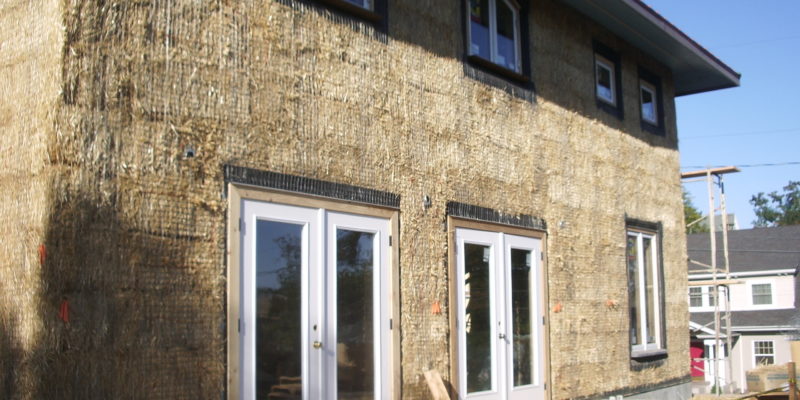
Time in Nature
Terry attributes her passion for sustainability to spending time in nature when she was growing up. “I want to protect nature”, says Terry, “I want to make sure that it’s there for other generations…”
Shelter
Being in nature is nice. It can be rejuvenating. But the purpose of a building is to protect us from the elements of nature. “Shelter is a place where we feel safe. A place where we can be restored”, says Terry. “I think of homes as sanctuaries.”
So how do we created shelters that provide sanctuary, while keeping us connected to the natural world? Terry explains that visual connection is really important to reconcile these competing needs.
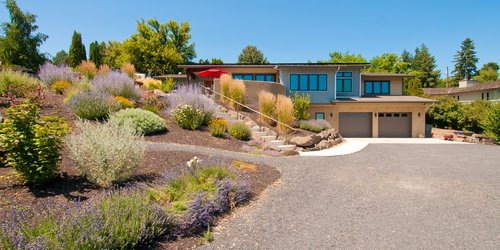
Efficient is Not Always Eco
With an increasing desire to make our buildings super energy efficient, we have an increasing array of materials and products to choose from. Not all of these products are good for us, nor are they good for the planet. Resolving this is one of the reasons Terry favours materials like straw. She tries to educate her clients about the effects of materials and the chemical compounds used to manufacture them. At a practical level, this might mean selecting fibreglass or timber windows instead of uPVC.
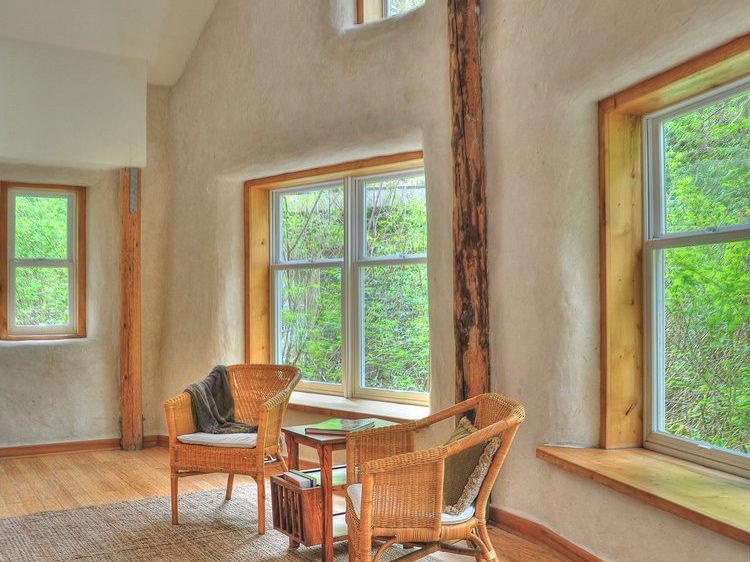
Living Shelter Architects is about creating places that are good for people but that aren’t going to be detrimental to the environment.
Terry uses the Living Building Challenge Red List as a guide for what to use and what to avoid using.
Attracting the Right Clients
For the most part, Terry finds that people come to Living Shelter Architects because of their ethos and the brand they’ve created. Their ideal client is someone invested in creating a healthy sustainable home for their family, a home that is going to last more than one hundred years. This is vastly different from the mentality driving the design and construction of houses built to code by volume building companies.
Building to Code
“A code-compliant home is the least you can do and be legal.” And as codes keep becoming more restrictive, then a home built just to code today will not even be at the legal level in five year’s time. Simply from a marketing point of view, it doesn’t make sense to just build to code explains Terry. If you do want to sell in a few year’s time, you’re going to be trying to sell a house that already redundant.
The Eco-Logical Home
Terry has long wanted to do more, and have a wider audience than just her immediate clients. She has fulfilled this by being a radio host and also producing over 80 podcast interviews of her own. They’re still available at The Eco-Logical Home, along with some of Terry’s writing.
Community for Sufficiency
Reflecting on the impact of Covid-19, Terry acknowledges that there has been a slowdown in business but enquiries have started to pick up again. People are more conscious about sustainability and the health impact of their environment.
Terry also believes in the power of community. Many people have faced isolation during lockdowns, which has emphasised the need for us to help each other. Community is important for sufficiency, explains Terry. We can’t all be fully sustained by living isolated in our houses, no matter how ‘eco’ they are. She’s predicting a rise in interest in cohousing.
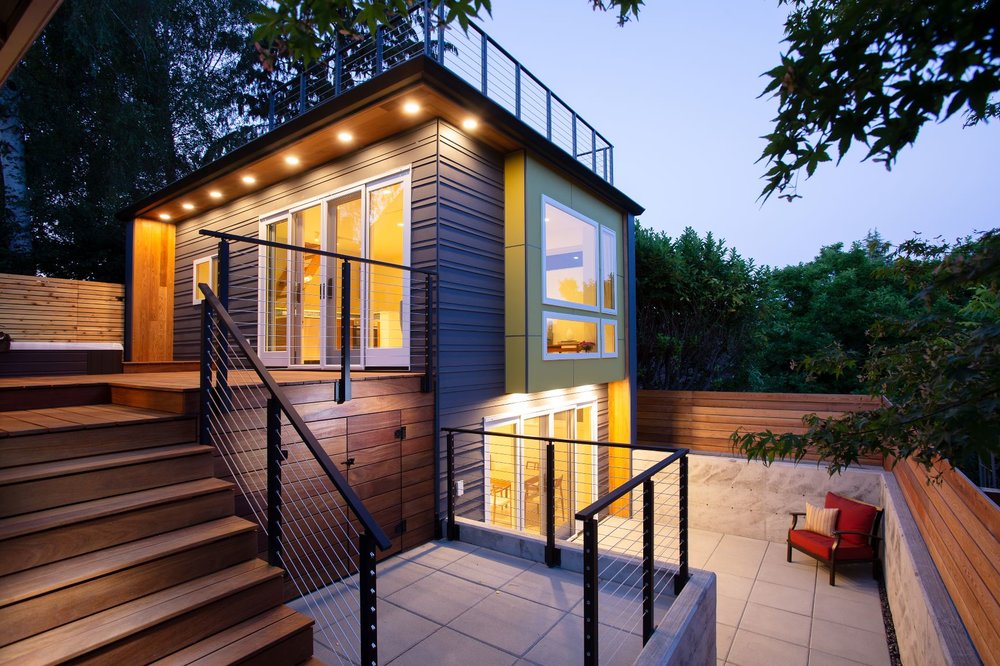
Creating a Better Living Shelter
I asked Terry for her top tips for creating a living shelter and her fundamental philosophy is to “use the gifts of the site”. I love this concept.
“Start with where you are”, she says. Think about where the sun travels at your location and what this can provide in terms of access to light and heat.
Also, think about the flow of water and air. “Build where it’s dry”, sounds obvious, but often we dig into the side of a hill and then have groundwater or internal dampness issues. Think about where water will naturally flow on the site and work with, or around that, instead of setting up an ongoing battle with gravity. This might mean elevating all or part of the house on piles or providing adequate clearance between appropriately landscaped embankments and foundation walls.
Passive Solar
With reference to the “gifts of the site” it is not surprising that Terry is a proponent of passive solar. Utilising the sun, incorporating shading and making use of cross flow ventilation and some thermal mass are the fundamentals of passive solar. While often contrasted with Passive House, which relies of airtightness and mechanical ventilation with heat recovery, Terry doesn’t see these approaches as competing philosophies.

Electrify
Another tip is to use electricity instead of gas or wood and to generate as much of that electricity as you can on site. An increasing number of utilities allow homeowners to ‘feed-in’ to the electricity network. This can help pay back some of the investment over time and also negate the need for expensive batteries.
Ratings and Standards
Living Shelter Architects utilise a number of ratings and standards in their practice.
- Built Green: Similar to the more well known LEED certification, Built Green is a regional programme specifically developed for the Northwest and has gained a lot of traction around Washington State. It’s the certification programme that Living Shelter uses the most because it’s the most accessible for them.
- Passive House: Living Shelter does use the Passive House Planning Package (PHPP) sometimes to model a house and would welcome the opportunity to take a design right through to Passive House certification.
- Living Building Challenge: Living Shelter is a member of the Living Futures Institute. They haven’t had the opportunity yet to do a certified Living Building project yet, but they do follow the principles and subscribe to the methodology wherever possible.
Living Shelter Architects
To connect with Terry and her team, check out the Living Shelter website and follow them on Facebook, LinkedIn or Houzz

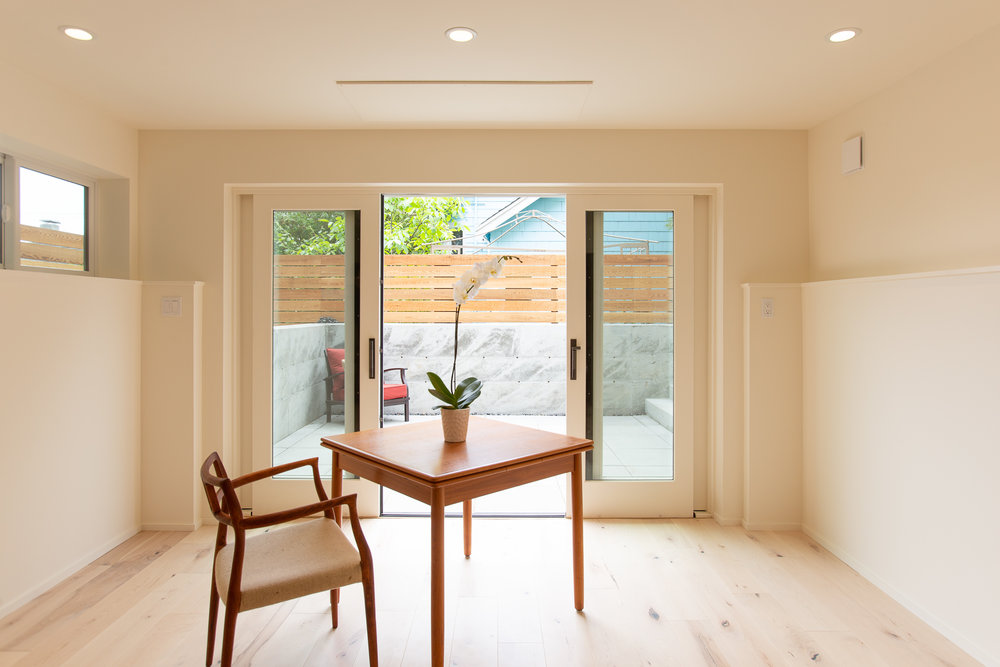

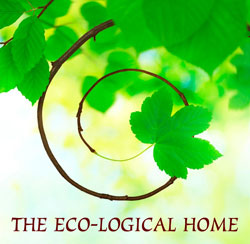
Leave a Reply